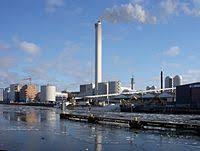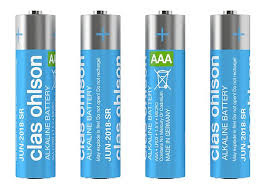I believe there are some aspects about the E-Cat QX economy that has not been very well covered. We know Rossi is focused on industrialization and mass production. Some simple calculations quickly explains why.
 Today fuel costs in a community heating plant are about $30-40 per MWh produced. On top of that there are of course capital costs, operations and profits. But the fuel is about $30 …
Today fuel costs in a community heating plant are about $30-40 per MWh produced. On top of that there are of course capital costs, operations and profits. But the fuel is about $30 …
This sets the threshold for production costs of the 10W E-Cat QX quark unit. With a 1 year lifespan it can be compared to a battery containing roughly 85 kWh of energy. In order to produce 1MWh with such “batteries” we need 12 units. This means that in order to break even compared to recyclable bio fuels (often used in community heating) the maximum cost of such a unit is $2.50. And by that, we only make it to break even.
 My take is that in order to efficiently compete on the community heating market (and in other industries using process heat) production costs for the 10W unit needs to be far below $1. Probably much lower. Basically they need to cost roughly the same as a low end AAA battery to stand a chance …
My take is that in order to efficiently compete on the community heating market (and in other industries using process heat) production costs for the 10W unit needs to be far below $1. Probably much lower. Basically they need to cost roughly the same as a low end AAA battery to stand a chance …
This, in my opinion explains the focus on mass production and automation. The AAA battery comparison also sets the benchmark for the economy of scale that needs to be achieved. And quickly.
So in this respect, Rossi is on the right track, although there certainly are still distances to cover.

Brilliant analysis – after all, as always…